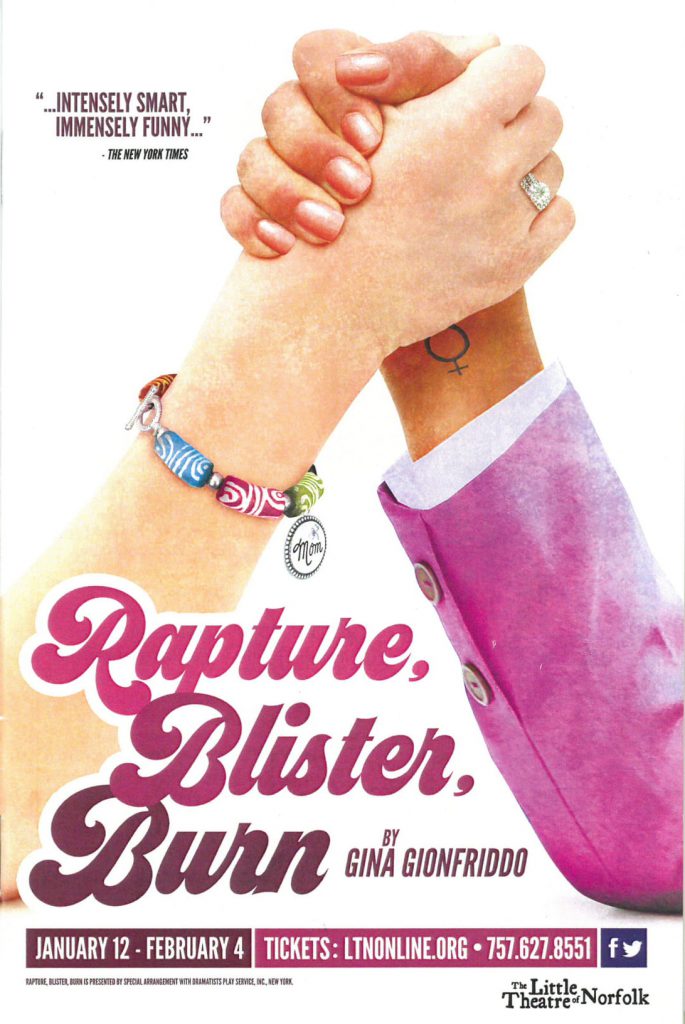Featured Image: “Halloween Ends” scores 3.5 Michaels out of 5. Mel Lhuillier|Marlin Chronicle
Directed by David Gordon Green, “Halloween Ends” closes out his “Halloween” trilogy, which picked up after the original 1978 “Halloween,” and began with 2018’s “Halloween,” followed by “Halloween Kills” (2021). However, unlike most of the prior films in the franchise, “Halloween Ends” does not focus directly on Michael Myers, played by James Jude Courtney, and his rampage through the town of Haddonfield. Instead, the film is set four years after the events of “Halloween Kills,” and focuses on the fear that Myers’ violence has inspired in the town.
The town’s heightened fear is contrasted by Laurie Strode, as they are gripped in the very fear the film sees her trying to overcome. Strode is portrayed once again by Jamie Lee Curtis, whose performance is the strongest aspect of “Halloween Ends.”
Curtis portrays Strode’s newfound sense of hope for her life with an evident warmth, while still showing the edge her character had in the prior two films. This aspect is particularly evident in her interactions with Will Patton and Kyle Richards’ respective characters, Frank Hawkins and Lindsey Wallace, who both give good albeit brief performances.
In addition to Curtis’s warmth as Strode, she shows the sorrow and pain Myers’ acts of violence have caused, which adds even more depth to her swan song as the character.
While Curtis’s Strode provides a contrast to the fear of the town, Rohan Campbell’s Corey Cunningham shows the effect of the town’s fear. Cunningham is a crucial character to the film’s story, and Campbell gives a strong performance as a character who is being warped by the town’s anger and fear.
Campbell’s performance as Cunningham portrays the character’s initial kindness and sympathetic nature, as well as his spiral into madness later in the film. However, Cunningham’s turn in the film feels slightly underdeveloped, and needed to be fleshed out more by the script.
Another major crux of the film is the relationship between Campbell’s Cunningham and Strode’s granddaughter, Allyson, who is again portrayed by Andi Matichak. Matichak gives a good performance, but is held back by the fact that her primary role in the film is focused on her relationship with Cunningham. Matichak is held back due to the film’s underdevelopment of the relationship between Allyson and Corey, which causes her character to often come across as irrational.
While much of the film focuses on the aforementioned characters, it still includes the violence and horror the franchise is known for, primarily in the second half. This horror is amplified by the atmospheric score crafted by John Carpenter, who both directed and scored the 1978 original film, as well as scored many of the subsequent films.
Also, while Michael Myers has a smaller role in the film than previous entries, the promised showdown between him and Curtis’s Strode is a highlight of the film. Overall, despite its flaws, “Halloween Ends” takes the franchise in a new direction, while still offering a definitive conclusion for this iteration of the “Halloween” films.
By Ryan Abraham
rsabraham@vwu.edu


